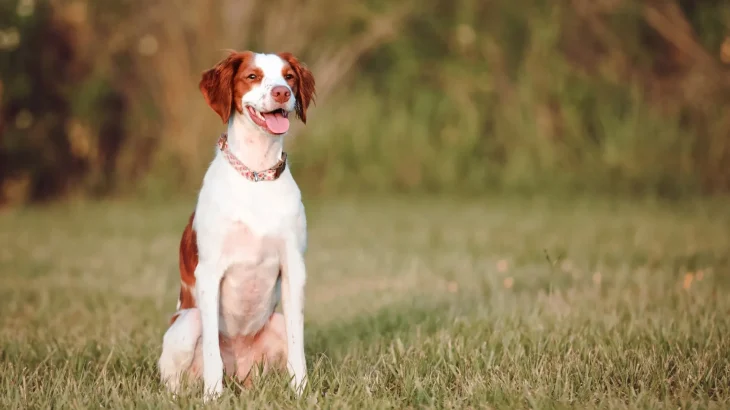When deciding between adopting or purchasing a Brittany Spaniel puppy, the choice often hinges on your priorities for health certainty and ethical considerations. Buying from a responsible breeder typically offers detailed health and pedigree information, while adoption supports giving a dog in need a loving home. Both paths have unique advantages depending on what matters most to you.
Adoption vs. Breeder: Pros & Cons
| Criteria | Buying from Breeder | Adopting from Shelter/Rescue |
|---|---|---|
| Cost | Usually higher initial cost due to breed purity and pedigree documentation. | Lower adoption fees, often more affordable with potential included veterinary care. |
| Health History | Comprehensive health screenings and genetic testing typically provided. | Health history can be uncertain, though many rescues perform health assessments. |
| Age Availability | Primarily puppies, enabling early socialization and training. | Various ages available, including adults and seniors. |
| Temperament Insight | Breeders can give insights based on lineage and temperament traits. | Shelters or rescues share behavioral observations, but background may be incomplete. |
| Supporting Practices | Supports responsible breeding efforts and breed preservation. | Promotes animal welfare by providing homes to dogs in need and reducing overpopulation. |
| Ethical Considerations | Risk of supporting unethical breeding if not carefully researched. | Helps combat pet homelessness and reduces demand for puppy mills. |



















































